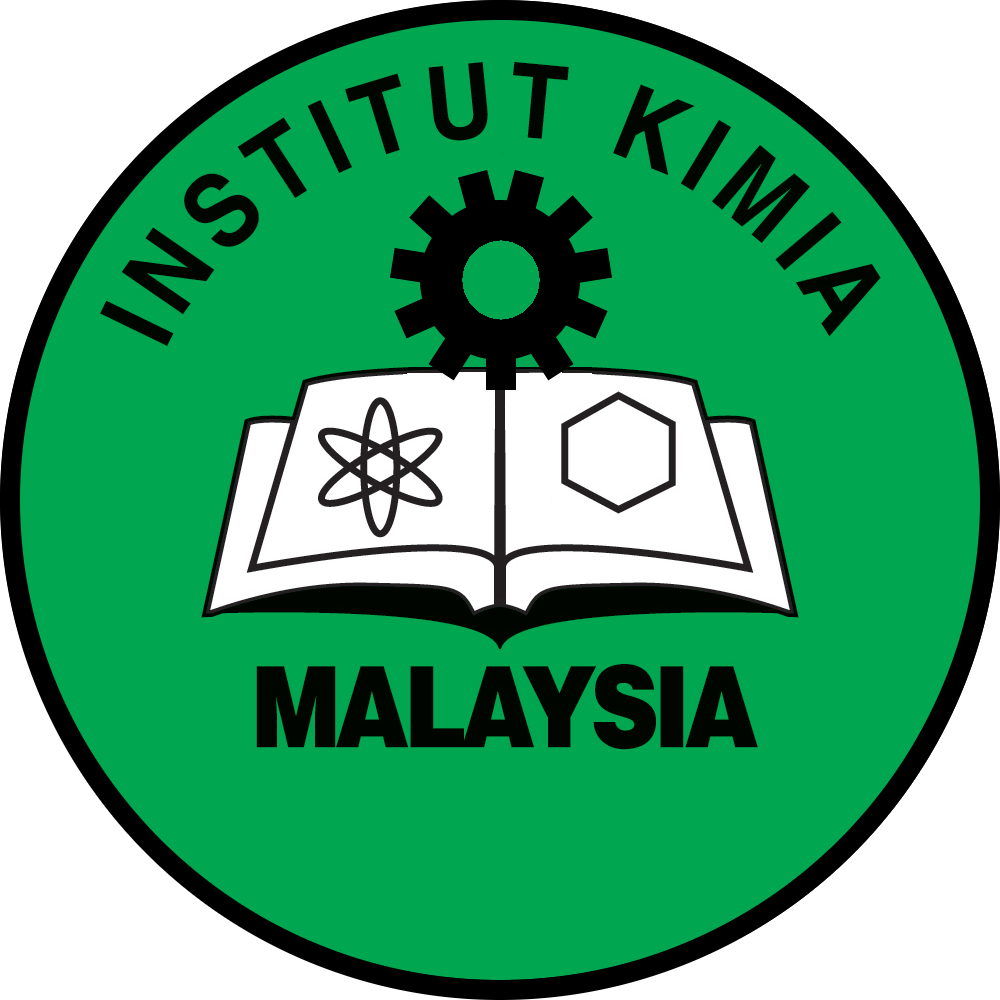Tailoring Ag/g-C3N4/TiO2 Nanocomposites via Distinct Synthesis Routes for Enhanced Photocatalytic Degradation of Reactive Red 4 Dye
DOI: https://doi.org/10.55373/mjchem.v27i4.144
Keywords: Titanium dioxide; graphitic carbon nitride; silver; synthesis routes; photodegradation; water treatment
Abstract
Heterogeneous photocatalysis is one of the most extensively studied approaches in mitigating the issue of wastewater pollution. The synthesis method of photocatalytic materials significantly affects their properties and performance. In this study, g-C3N4/TiO2 nanocomposites were synthesised through three different preparation methods: dry solid-state (D), wet solid-state (W), and in situ solvothermal synthesis (S), and were consequently modified with Ag nanoparticles to exploit its surface plasmon resonance (SPR) effect. Ag/g-C3N4/TiO2 prepared using the wet solid-state method (A3WTC) showed impressive photocatalytic efficiency for RR4 dye degradation with a rate of 0.1052 min-1. The enhancement is attributed to its improved photocatalytic properties, including small average crystallite size of 8.76 nm, particle size of 18.2 nm, lower bandgap energy of 2.69 eV, and lower electron-hole recombination rate. This comparative study sheds light on the effect of various g-C3N4/TiO2 synthesis methods and the effectiveness of Ag doping on the photocatalytic performance of the nanocomposites in the photodegradation of RR4 dye. The findings contribute to the development of efficient and sustainable photocatalytic materials for environmental remediation applications.
